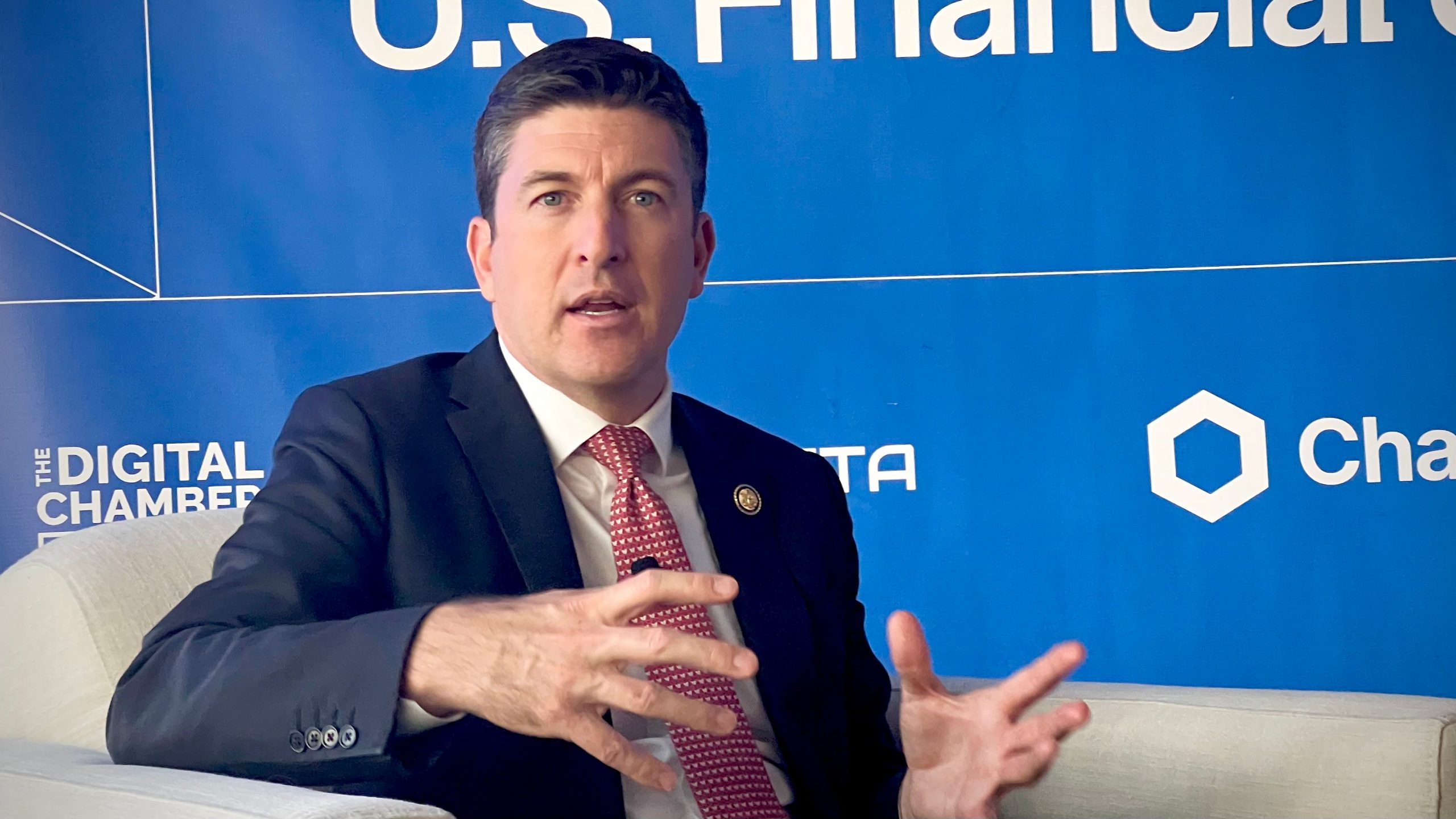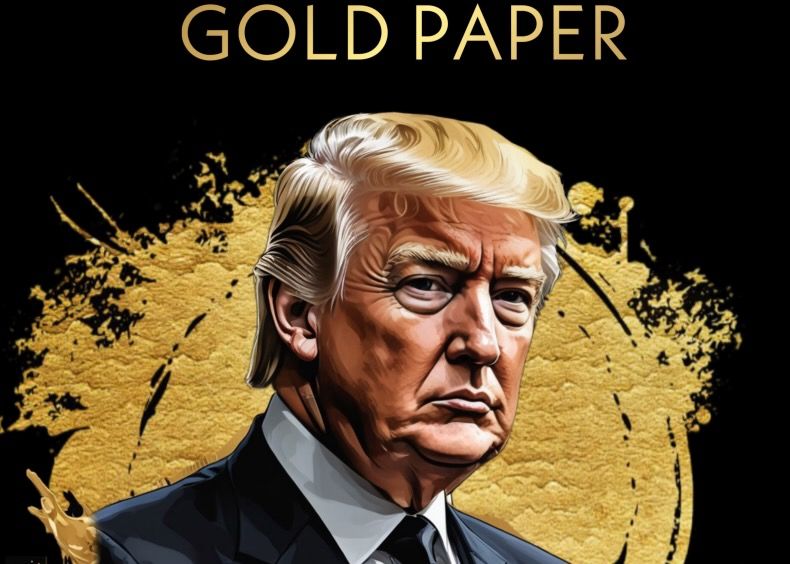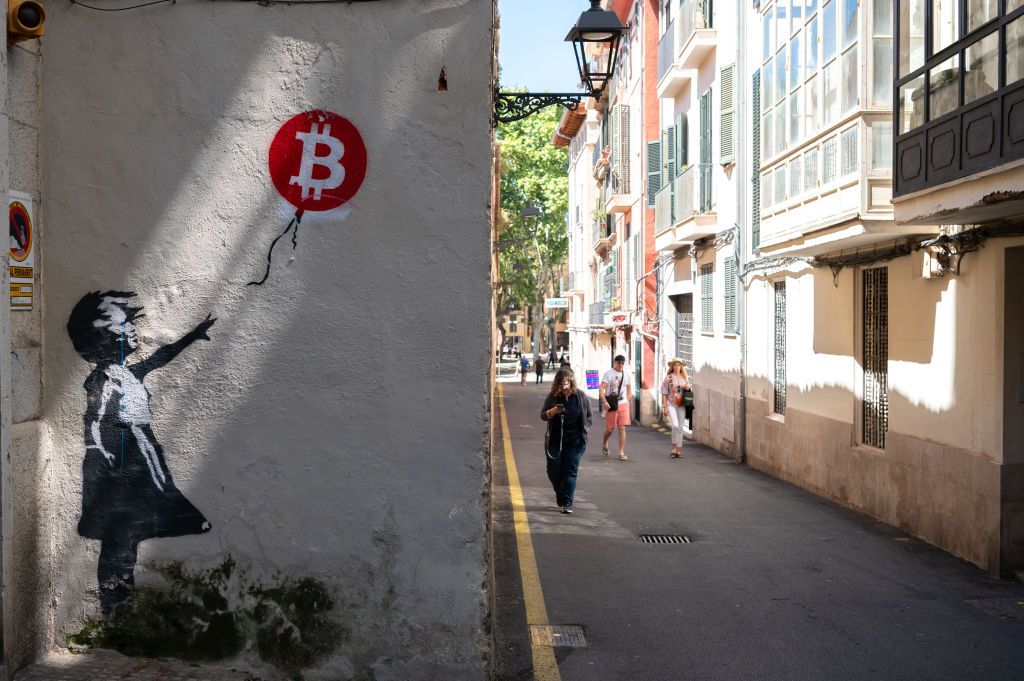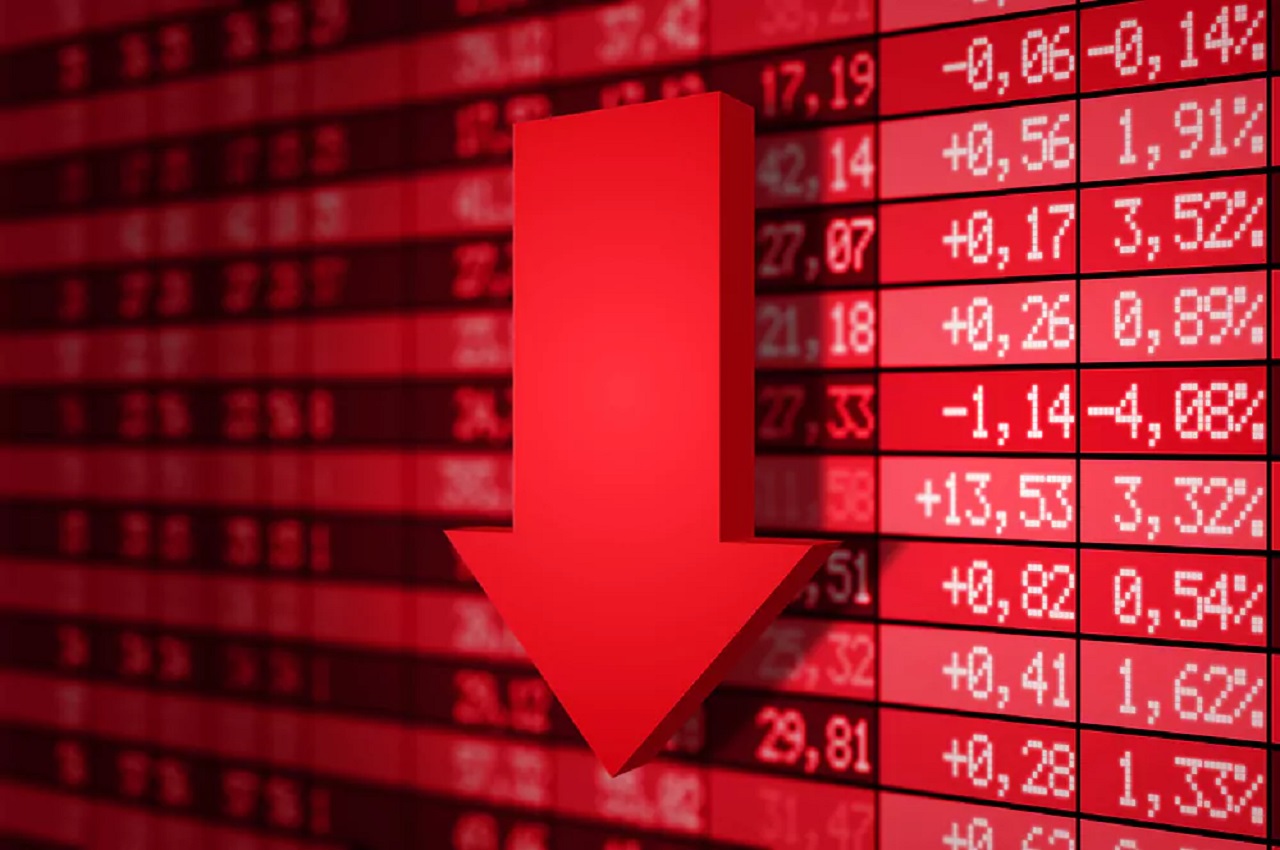Kanbas Makes Historic $3 Million NFT Purchase
In a landmark move for the NFT art scene, the U.S.-based art collective Kanbas recently completed the largest non-fungible token (NFT) acquisition in three years, purchasing a unique artwork by renowned digital artist Sam Spratt for an impressive $3 million. This exceptional piece, titled “X.Masquerade,” represents the sixth chapter in the intriguing “Story of Luci.”
This artwork is set to play a pivotal role in an upcoming exclusive event, where supporters will have the opportunity to engage in a game by acquiring a “Mask of Luci” at a price of 2.56 ETH (approximately $6,800). Kanbas expressed their excitement about this purchase, stating, “We’re proud to stand beside him [Sam Spratt] and help share Masquerade with the world. It is our way of honoring Sam’s trust, the monumental work he’s created, and—above all—the shared values that underpin it.”
The timing of this acquisition coincides with a notable resurgence in the NFT market, spurred on by a recent marketing initiative from the NFT platform OpenSea, which includes a token airdrop. As a result, trading volumes surged to $40 million within a 24-hour period, reflecting a robust 29% increase compared to the previous day, according to data from CoinGecko.
Despite this encouraging uptick, the broader NFT market continues to grapple with the aftermath of previous cycles. Overall activity remains subdued, and general sentiment appears to be waning, particularly as the floor prices of iconic collections like CryptoPunks and Bored Ape Yacht Club have plummeted by 71% and 91%, respectively.
A significant factor contributing to the NFT market’s struggles can be traced back to the explosive rise of memecoins during this cycle, which have captured the attention of retail investors. These assets offer minimal transaction fees, greater liquidity, and a lower barrier to entry, making them more appealing compared to traditional NFT investments.
However, Kanbas’ substantial $3 million acquisition may signal a promising shift in the NFT landscape—from a speculative focus on profile picture (PFP) collections toward a deeper appreciation for genuine art. This transition emphasizes the intrinsic value of artworks, which is often cherished by a select few rather than pursued by the masses.
The meteoric rise of NFTs in 2022 was nothing short of exhilarating, drawing in millions of participants and generating billions in weekly trading volume. Yet, this explosive growth was ultimately unsustainable. As the underlying assets that fueled NFT purchases began to decline, collectors sought to mitigate their losses by underpricing their offerings, leading to a liquidity crisis and a cascading effect throughout the market.
As with all speculative bubbles, the NFT phenomenon is experiencing its own reckoning. While many of the initial wave of 2017 ICO tokens have faded into obscurity, those that have survived now hold substantial value. Today, the narrative surrounding NFTs appears to be shifting away from mere monetary gain and the allure of ‘get rich quick’ schemes, moving instead towards an appreciation for the cultural and creative significance of the art itself.







